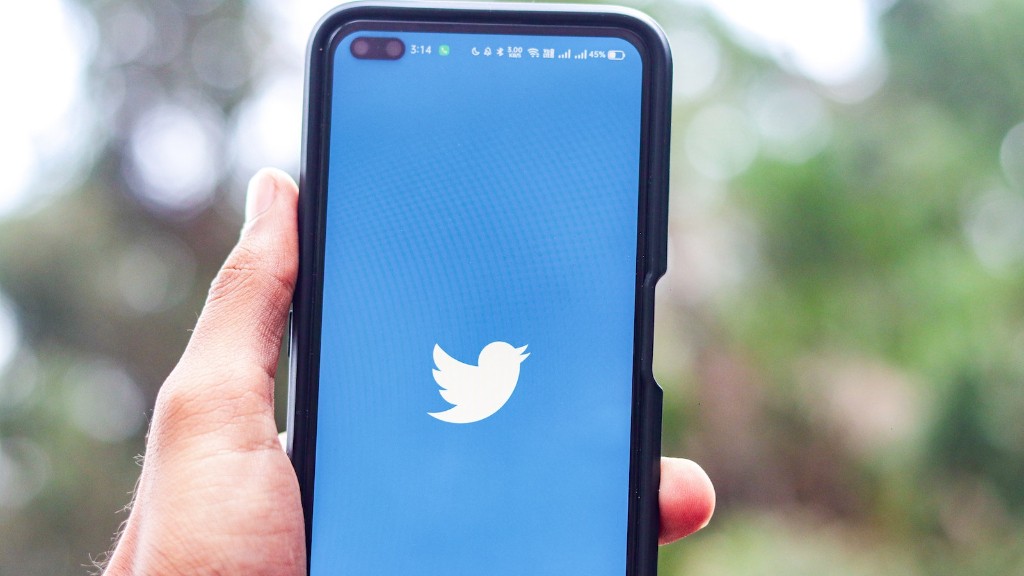Integrated marketing communications (IMC) is a strategic business process that integrates an organization’s various communication channels to deliver a consistent message to customers and other stakeholders.
IMC includes all aspects of marketing communications, such as advertising, public relations, sales promotion, direct marketing, and social media. By using an integrated approach, organizations can better reach their target audiences and achieve their marketing goals.
An effective IMC strategy starts with a clear understanding of the target audience and the organization’s overall marketing goals. From there, a plan can be developed that includes the mix of communication channels that will best reach the target audience.
The goal of IMC is to create a unified, cohesive, and integrated brand image that will reinforce the organization’s desired messages and help achieve its marketing objectives.
The integrated marketing communications strategy is a strategic approach to marketing that focuses on creating a unified message across all channels. This means that all marketing materials, whether they are online or offline, should have a consistent look, feel, and message. This approach can be beneficial for businesses because it helps to create a more cohesive brand and can make it easier for customers to recognize and remember the company.
What is an example of an integrated marketing communications strategy?
The Coke “Share a Coke with” campaign was a great example of an integrated marketing campaign that used unified messaging across TV, Social, Outdoor, and Display to create a 7% uplift in Coke consumption by the target demographic. This made it one of the most successful Coke campaigns in history.
Integrated marketing is a strategy for delivering a unified message across all the marketing channels your brand uses. It provides consistency wherever customers choose to interact with a company. Without an integrated marketing strategy, you risk delivering mixed messages or communicating in a disconnected voice.
What are the four elements of the IMC strategy
IMC or Integrated Marketing Communications is a tool that helps businesses to effectively communicate with their target market. The implementation of IMC involves using the four components of the promotional mix: public relations, sales promotions, personal selling, and advertising. By using these four tools, businesses can reach their target market more effectively and efficiently.
IMC is a process that helps to create a consistent message for customers and prospects. This process can help to ensure that all communications are relevant and targeted to the individual. By using IMC, businesses can create a more unified and cohesive brand image that will resonate with consumers.
What are the four types of integrated marketing communication?
Integrated marketing communications (IMC) is a term used to describe a holistic approach to marketing communications. It takes into account all of the different channels that can be used to reach and engage customers, and seeks to create a consistent message and experience across all of them.
IMC campaigns typically make use of a mix of different communications channels, including advertising, direct marketing, public relations, and sales. By using all of these channels together, businesses can create a more cohesive and effective marketing communications strategy.
The IMC process is a five-step process that helps businesses identify, target, and communicate with their customers. The process begins with identifying customers from behavioral data. This data is then used to determine the financial value of customers and prospects. Once the value is determined, messages and incentives are created and delivered to the target audience. Finally, the return on customer investment (ROCI) is estimated and the budget, allocation, and evaluation are completed.
What are the 5 integration marketing communication?
As mentioned before, Integrated Marketing Communications can be used in conjunction with five main communication tools. These are advertising, direct marketing, internet marketing, sales promotion, and public relations. By using all of these tools together, you can create a comprehensive and effective marketing strategy that will reach your target audience and help achieve your desired results.
An integrated marketing communication strategy must consider all three of these elements in order to be effective. The consumer being targeted must be clearly defined, and the channels through which the message is communicated must be carefully chosen to reach them. Finally, the results of the communication must be evaluated to ensure that the objectives have been met.
What are the main objectives of IMC
The goal of integrated marketing communications is to create a consistent message for customers across all channels. This means that when customers see a company’s branding, they should receive the same message regardless of whether they’re interacting with the company on social media, in person, or through advertising. By creating a consistent message, companies can build brand recognition and loyalty among their customer base.
Integrated marketing communications is a holistic approach to marketing that uses a variety of tools to reach customers. Advertising, personal selling, direct marketing, mobile marketing, social media marketing, public relations, and sales promotion are all tools that can be used as part of an IMC campaign. Each has its own strengths and weaknesses, so it’s important to choose the right mix of tools to reach your target audience.
What are the 6 C’s of IMC?
When assessing the collective impact of an IMC program, the overriding goal should be to create the most effective and efficient communication program possible. To that end, six relevant criteria can be identified:
1) Coverage: How well does the IMC program reach the target audience?
2) Contribution: How effective is the program in terms of achieving its objectives?
3) Commonality: How well do the different elements of the program work together?
4) Complementarity: How well does the program complement other marketing and communication efforts?
5) Robustness: How resilient is the program in the face of changes or challenges?
6) Cost: How affordable is the program in terms of its budget requirements?
Integrated marketing communications (IMC) is a communication process that involves the use of multiple channels to promote a product, service, or brand. The goal of IMC is to communicate a clear and consistent message to customers and potential customers.
There are many benefits to using IMC, including:
-Increased sales and brand awareness
-Improved customer loyalty and retention
-Increased customer engagement
-Greater reach and efficiency
IMC is an important part of any marketing campaign and should be carefully planned and executed in order to be successful.
What is an example of integrated marketing
The campaign is intended to show that the airline is being open and transparent with its customers about its fees. The airline has been applauded for its honesty and its commitment to customer service.
Integrated marketing offers a smooth, customer-focused experience by incorporating all marketing communication elements, including public relations, social media, and advertising. By tailoring your message to have a unified look, feel, and tone across your channels, you can create a cohesive customer experience that will keep them coming back for more.
What are the five major benefits of IMC?
An integrated marketing communications strategy can have many benefits, including improved efficiency, greater accessibility to larger audiences, and cost savings. Additionally, an IMC strategy can help to build trust with your audience by providing a more streamlined process.
An integrated marketing strategy is key to building trust with your consumers. By setting goals and objectives, you can ensure that your strategy is focused and effective. Defining your audience and choosing your channels wisely will help you allocate your budget efficiently and create assets that are adaptive to the needs of your consumers.
What are the 3 examples of market integration
Market integration is the process by which two or more markets become unified or coordinated. Market integration occurs when there is a decrease in the barriers to trade and investment between markets, and an increase in the communication and cooperation between them. There are three main types of market integration: horizontal integration, vertical integration, and conglomerate integration.
An effective integrated marketing plan must include a well-defined strategy that takes into account the company’s overall business goals. This strategy should be reflected in all aspects of the plan, from the content to the creative to the media placement.
Content is a critical component of any integrated marketing plan. The content must be well-crafted and aligned with the overall strategy. It should be designed to engage the target audience and deliver the desired message.
Websites are another important element of an integrated marketing plan. They should be optimised for search engines and mobile devices, and they should be easy to navigate and visually appealing.
Social media is a powerful tool that can be used to reach and engage target audiences. posts should be timely, relevant, and interesting, and they should include calls to action.
Public relations can help to generate positive media coverage for a company. PR activities should be aligned with the overall marketing strategy.
SEO is an important part of any integrated marketing plan. It helps to ensure that website content is visible and accessible to search engines.
Paid social and paid media can be used to reach and engage target audiences. Paid social media campaigns should be designed to complement and amplify the company’s organic social media efforts
Final Words
The integrated marketing communications strategy is a communication process that integrates all marketing tools, tactics, and channels to deliver a consistent message to consumers.
The integrated marketing communications strategy is a comprehensive approach to marketing that uses all channels of communication to reach the target audience. This includes advertising, public relations, direct marketing, sales promotion, and social media. This strategy ensures that all marketing messages are consistent and complementary, making it more likely that the target audience will receive and remember the message.





